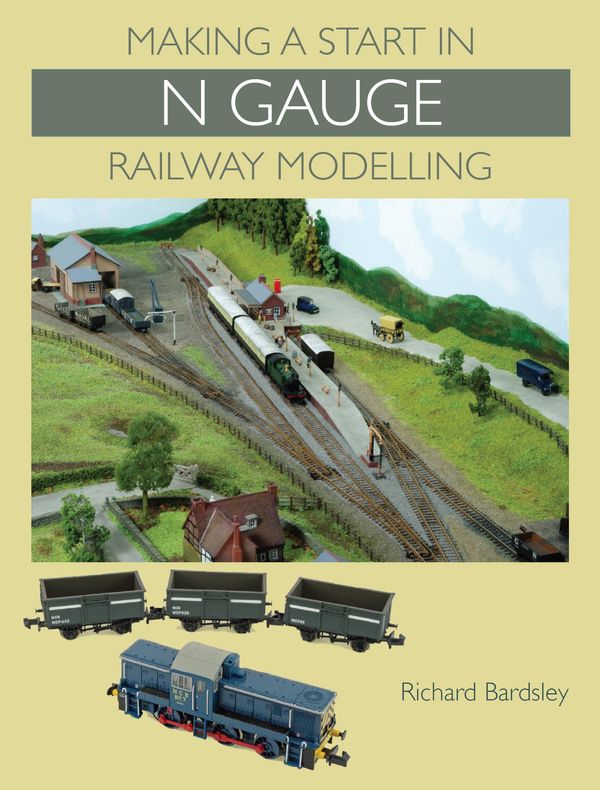Making a Start in N Gauge Railway Modelling
Richard Bardsley

| ISBN: | 9781847975561 |
| Publisher: | Crowood Press UK |
| Published: | 15 December, 2013 |
| Editions: |
7 other editions
of this product
|
Making a Start in N Gauge Railway Modelling
Richard Bardsley
N gauge is the most rapidly expanding of all the model railway formats and if you want to take advantage of its huge potential, then Making a Start in N Gauge Railway Modeling is the book for you. The author explains exactly what N gauge is, its history, its advantages and some of its possible disadvantages. He begins with a train set and progresses through choosing a prototype and designing a layout, to a practical demonstration of how to build a baseboard, and designs for open-topped baseboards and fiddle yards. This reference book also includes sections that: - Tell you all you need to know about the different tract products that are available and the differences between sectional and flexible track. - Provide detailed, yet easily understandable, descriptions of how to lay track, cut it to size, join it, and connect it between baseboards. - Explain the terminology of turnouts and the different ways to operate them. - Explore the differences between DC and DCC control, and how to get power to the track. - Consider wiring for turnouts and isolation sections. - Discuss all the types of ballasting and presents comprehensive advice on how to apply and fix loose ballast. - Examine ready-to-run rolling stock available in N gauge as well as kit building and conversion of locomotives to DCC. - Provide guidance on couplers, from the traditional types to the latest designs such as knuckle couplers and close coupling mechanisms. - Cover modelling the railway infrastructure, such as platforms and signal boxes, how to make realistic rural and urban scenery, and how to bring your layout to life by adding details such as people, road vehicles and signs.
Shop Preferences
Customize which shops to display. You can include the following shops by logging in to change your settings.

















